Many exotic dishes of Indonesia are rapidly gaining popularity among gourmets not only in Asian countries but worldwide. However, often overlooked are the refreshing local beverages that have accompanied the lives of Indonesian residents for decades and even centuries.
Try at least once these incredible drinks beloved by Indonesians, and you'll understand that it's a lifelong love.
Bajigur
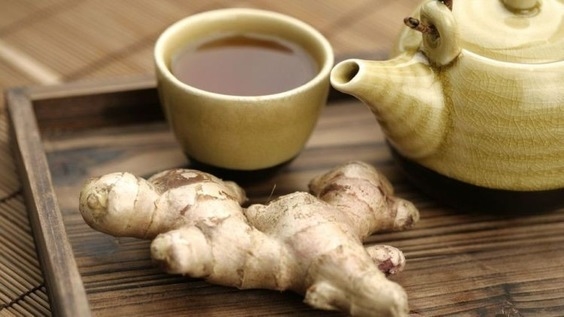
Bajigur is a traditional hot beverage of the Sundanese people, inhabitants of the western part of the Java Island in Indonesia. Its recipe has been passed down from generation to generation, and for many years, its ingredients have included coconut milk, palm sugar, ginger, a pinch of salt, and sometimes pandan leaves or coffee. Thanks to its warming effect, Bajigur helps residents in the highland regions of Java cope with colder weather compared to the lower areas.
For a long time, Bajigur has been used by local healers as a medicinal remedy. It alleviates pain from arthritis, improves circulation, and accelerates digestive processes.
Jamu
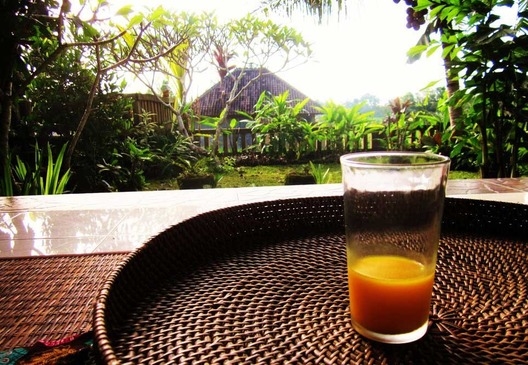
This is a general term for a vast variety of exotic beverages made from natural herbs and spices. The list of ingredients for brewing varies depending on the desired therapeutic effect, and many herbalists adjust the recipe based on their personal experience. Jamu has been used for centuries as a powerful medicinal remedy because its composition invariably includes ingredients from the categories of seeds, roots, flowers, fruits, and leaves. Many local medicinal preparations are based on Jamu recipes.
If you really want to try this eco-elixir, you can find it at some local markets. Sometimes extracts of ingredients are sold separately in powder form – with them, you can brew this magical beverage at home. Always inquire about how it works and what it's made of, as there may be surprises.
Temulawak
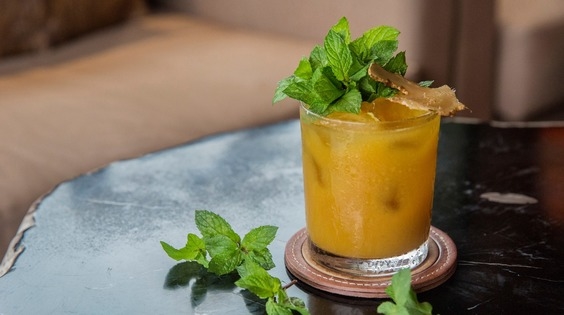
Long before American non-alcoholic beverages reached the Indonesian market, in the early 1980s, locals were already enjoying their own traditional carbonated drink. It has a simple name – "Tehulava" and is made from Javanese ginger, known for its anti-inflammatory and diuretic properties. You can encounter this sweet beverage in many local restaurants. If it's served without ice, ask to add a few cubes – it will make it even more refreshing!
Arak Bali
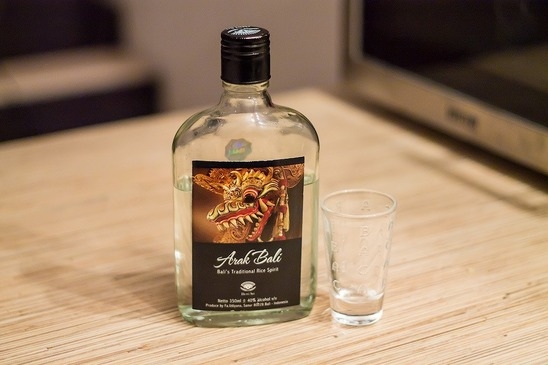
Arak is a traditional alcoholic beverage of Bali, made from selected white rice. For centuries, it served as a ritual drink during Balinese ceremonies. Today, Arak has gained significant cultural importance and is a popular souvenir among international tourists, as everyone wants to experience its unique taste. Like many local drinks, Arak also has some health benefits – it warms the body in the cold and alleviates nausea. However, it's essential to be cautious, as drinking too much can actually induce nausea.
Brem
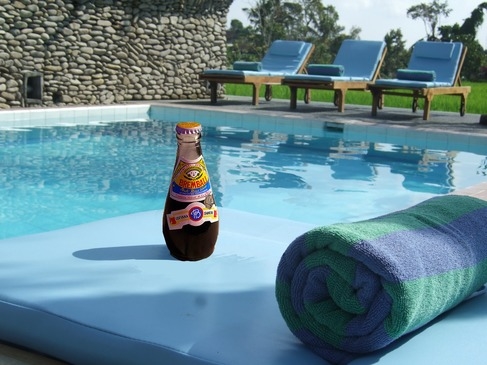
Another traditional alcoholic beverage of Bali is Brem. It is beloved for its thick, sweet taste and relatively low alcohol content – it contains less alcohol than Balinese Arak, ranging from 10–25%. Originally, Brem was used in Balinese ceremonies and was sometimes even used as a substitute for blood.
This exotic drink is prepared using fermented black and/or white ketan (sticky rice), which is why it is sometimes referred to as rice wine.
Luwak Coffee

Kopi Luwak is a highly unusual variety of coffee, considered the most expensive in the world today. It has a fascinating history. According to legend, a farmer once noticed undigested coffee beans in the excrement of a local civet, known as a luwak. Somehow, he came up with the idea to wash and brew these beans for himself.
Now, there are entire productions that feed coffee beans to civets and collect their excrement. The fermentation process that occurs within the animal's digestive system gives the coffee a uniquely recognizable flavor, sought after by connoisseurs attempting to distinguish it from all others.
Es Cendol or Dawet
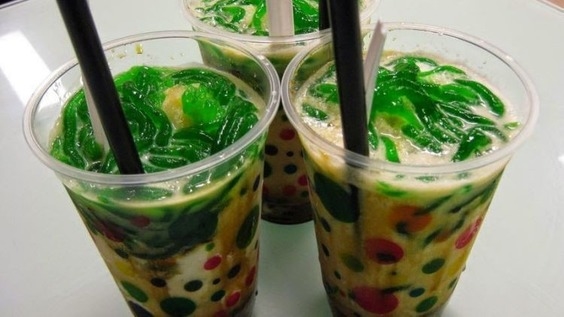
This refreshing cold beverage is loved not only in Indonesia but also in other Southeast Asian countries. The main highlight of the drink is the green jelly "worms" made from rice flour and pandan leaves. To fully enjoy Es Cendol, you need to place the jelly in coconut milk mixed with palm sugar and ice. The chilled beverage can be served as a dessert or a snack. It becomes an excellent choice around noon when the temperature is soaring, and you need a quick refreshment!
Wedang Ronde
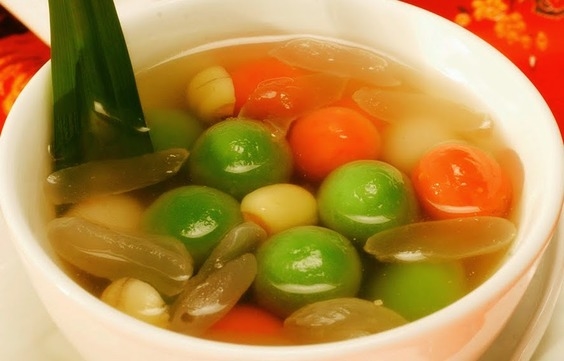
Wedang Ronde is a traditional Indonesian hot dessert, perfect for cold nights or rainy days. It looks like a toy, creating such an impression because Wedang Ronde consists of bright, peanut-rice balls with a sticky consistency, infused with ginger and lemon juice, mixed with sugar. Legends say that before making its way to the Indonesian archipelago and evolving into its modern form, this dessert was a favorite treat among members of the ancient Chinese dynasty.
Es Kelapa Muda
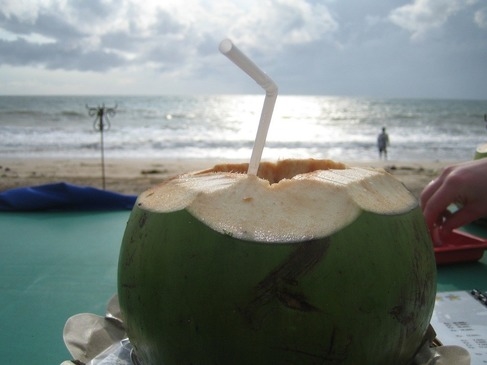
Es Kelapa Muda, which translates to Young Coconut Ice in English, is highly popular on exotic beaches in many tropical countries. This coconut ice has a unique sweet taste and is often served with palm sugar, white sugar, orange juice, lemon, or even sweet condensed milk. Es Kelapa Muda is frequently served right in a coconut shell.
Es Doger
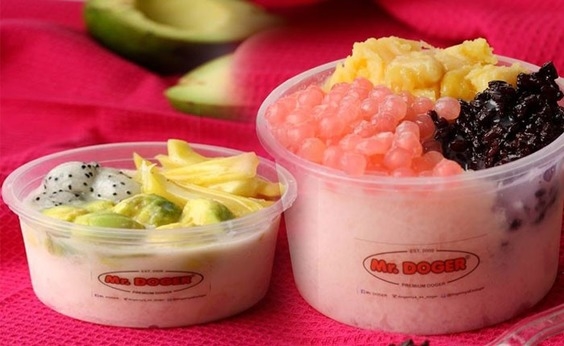
This colorful dessert has it all: from red pearl tapioca and green shavings of avocado to crushed cassava, black glutinous rice, jackfruit, pink syrup, and cubes of bread. The base of Es Doger is refreshing coconut milk ice. You can boldly choose which ingredients to add to the dessert or order all the ingredients at once. Es Doger can be found in many cities in Indonesia, sold from mobile carts and even in restaurants.
Enjoy your Indonesian tropical drinks!
You can add one right now!